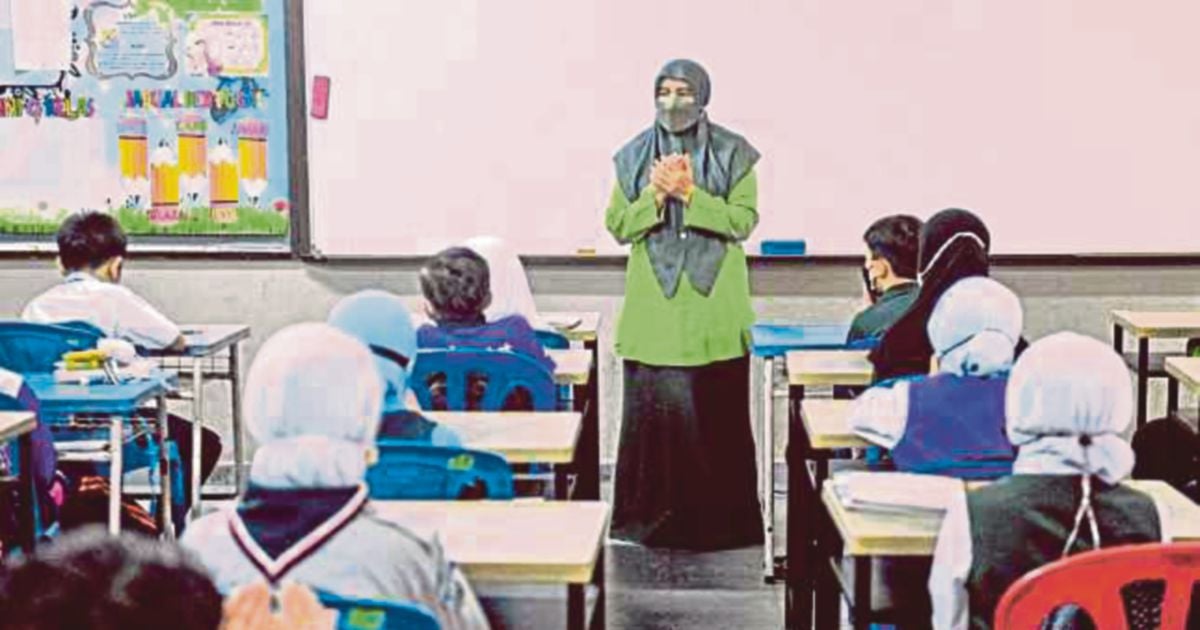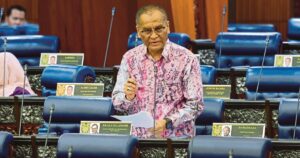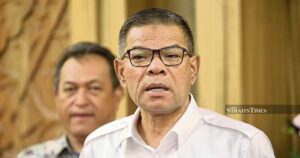EDUCATION groups and activists hail the plan to have two teachers conducting each lesson in schools by 2027, but want the ministry to ensure there are enough staff and resources to implement the plan.
Malaysian School Principals Council president Nurul Amali Mohd Shamsudin said the council welcomed the initiative, called co-teaching, but said the Education Ministry must have clear short- and long-term manpower plans to sustain it.
“This can reduce the teacher-to-student ratio, which improves the quality of teaching and learning.
“However, the ministry must ensure a sufficient and continuous supply of teachers in terms of both numbers and teaching options,” he told the New Straits Times.
Nurul Amali added that the co-teaching method would also be an effective mentorship platform, allowing experienced teachers to guide novice educators in classroom practices and techniques.
[[nid:1309314]]
“With smaller student groups, teachers can apply more engaging and differentiated approaches according to students’ abilities,” he added.
To ensure smooth implementation, he said the ministry must train enough educators at teacher training institutes, public universities and private institutions.
“Schools will also need adequate facilities, including staff rooms, as the number of teachers increases.
“Teacher training must be given serious attention as co-teaching involves different techniques compared with the existing system,” he added.
Nurul Amali proposed that the initiative be piloted in selected schools across the country to identify challenges and fine-tune the approach before it was implemented in all schools.
Education Minister Fadhlina Sidek had said that the co-teaching method would balance academic achievement and character development.
She said the approach would make teaching and learning more engaging and effective by allowing teachers to be more creative and interactive.
The National Union of the Teaching Profession urged the ministry to provide clearer guidelines and conduct simulations to help teachers understand how co-teaching would work.
NUTP secretary-general Fouzi Singon said many educators were uncertain about the method despite acknowledging its potential benefits.
“This initiative is commendable, but the method of implementation remains vague.
“We urge the ministry to conduct real-life simulations through mainstream or social media to help teachers and the public understand it better,” he said.
Fouzi added that building teachers and parents’ confidence was crucial for the initiative’s success, noting that proper training and clear communication were key to achieving that.
Parent Action Group for Education chairman Datin Noor Azimah Abdul Rahim said co-teaching was a positive and timely step.
She said it reflected a progressive approach to nurturing academic excellence and character development.
“With two teachers sharing responsibilities, lessons can become more engaging and inclusive.
“Students stand to benefit from greater individual attention and a learning environment that supports both intellectual and personal growth,” she said.
Noor Azimah added that adequate training, proper pairing, and manageable class sizes were critical for meaningful collaboration between co-teachers.
“Co-teaching has the potential to address gaps in teaching quality and student engagement, especially in larger or more diverse classrooms.
“By drawing on each teacher’s strengths, it can enhance creativity, consistency and overall learning effectiveness.”
© New Straits Times Press (M) Bhd






